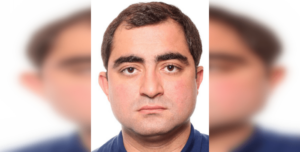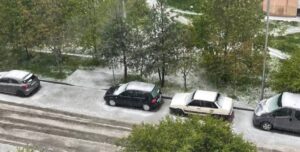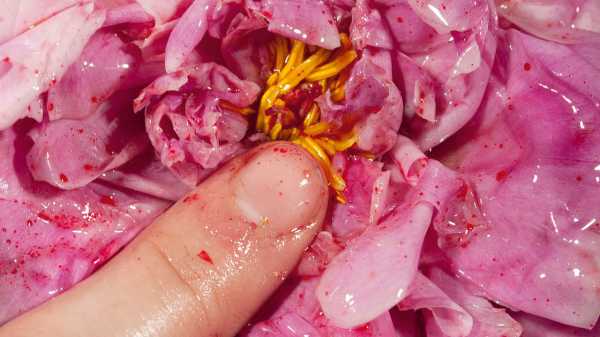
The photographer Maisie Cousins has always wanted to make a mess. As a child, she played intently in the bath and the sink, spraying water everywhere; as a young woman, she dumped liquid in the garbage and admired the mélange. At eighteen, when she was in art school, as her peers toiled studiously over large-format black-and-white photographs of trees, Cousins started experimenting with riotous colors, textures, and shiny bodies. She drizzled herself and her friends with oil, then brought her camera in close, admiring the glossy surface of their skin. “I want to be surrounded by the things I’m interested in,” she told me, last month. “I want to fill space and spread out. I’m a maximalist, I guess.”
One of Cousins’s earliest series takes its name from a familiar platitude: “What Girls Are Made Of.” The photographs dispense with the banal, nursery-rhyme response, “sugar, spice, and everything nice,” opting for compositions that are both overtly sensual (splayed legs or the wet flesh of fruit) and mildly nauseating. “What Girls Are Made Of” set the stage for Cousins’s recent work, series such as “Grass, Peonie, Bum,” “Dipping Sauce,” and “Rubbish.” (Photographs from these series are collected in her first monograph, which is forthcoming from Trolley Books.) Let those titles marinate and you have an accurate description of her recent ventures, all of which artfully combine dewy, sticky textures with unsettlingly voluptuous rotting fruit and vegetables.
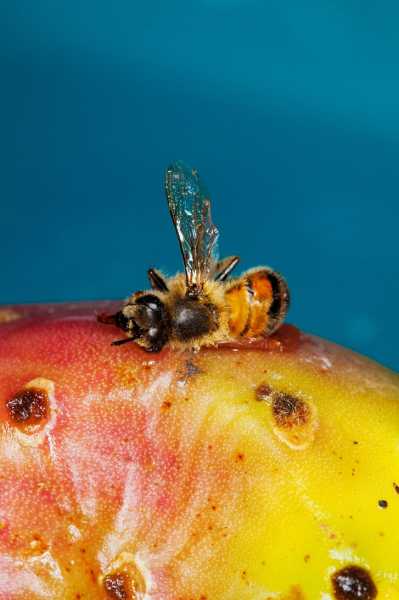

Cousins doesn’t always feature body parts in her photography, but, when she does, naked flesh acts as a magnet for viewers. “I found that people are more willing to get up close if I put a bum in there,” she said. Alongside skin, Cousins incorporates elements that elicit a tickle of repulsion. In one photograph, a model’s naked breast—smeared with oil and greenery, like poultry readied for roasting—serves as a catwalk for a thick brown slug, whose body is the same texture as the skin it’s crawling on. Cousins’s photographs explore the body as a landscape for desire and, just as often, disgust; she is fascinated by moments when those reactions rub up against each other. During shoots, she found that scale and proximity often contradicted her expectations; she was strangely captivated by ostensibly unappealing parts of the body when she viewed them up close.
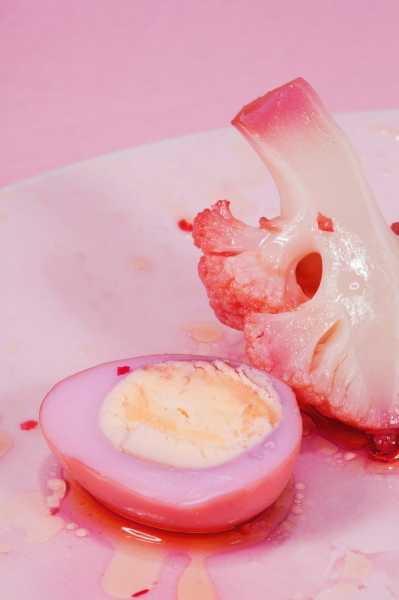
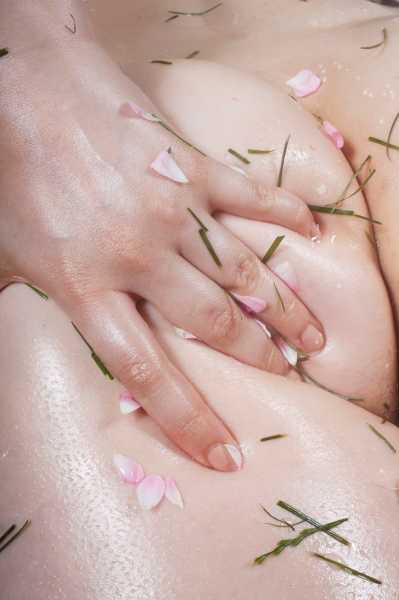
Although she has been heralded as a “feminist photographer”—one who is eager to correct the cultural pressures that are levied on women to make their bodies appear a certain way—Cousins is quick to say that she didn’t set out to make a specific political statement. “I’m not a body activist,” she said. “For me, bodies were just an accessible thing to work with. I liked them for all their nooks and crannies.” It’s easy to see how the act of scrutinizing bodies would please a maximalist; there are folds, and moles, and hair, wet spots and scaly patches. “Bodies are aesthetically very pleasing, very interesting, especially up close,” Cousins noted. “And, yet, when you put a female body into a picture, it becomes about that.” In recent years, Cousins has started moving away from the human form, and, instead, burrowing deeper into compositions in which rotting food products fill the frame.
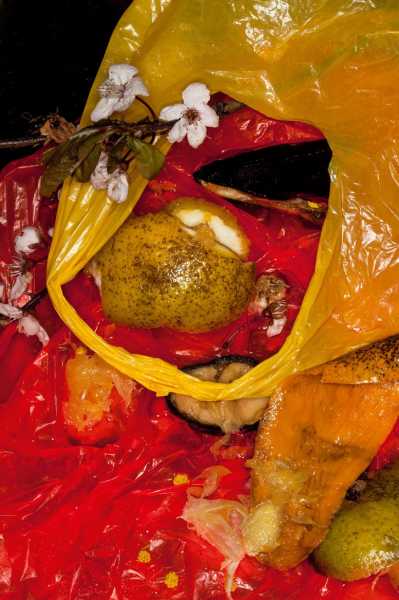
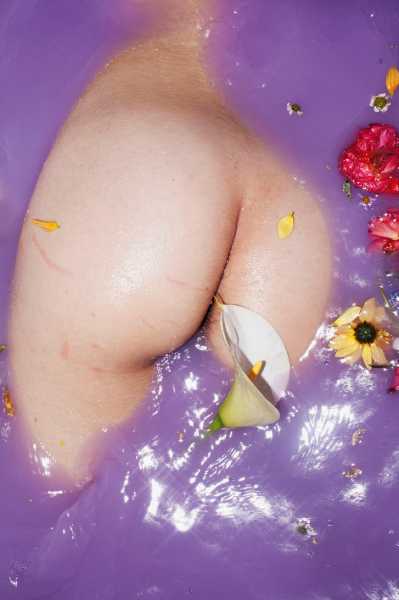
I don’t recommend examining Cousins’s photographs over breakfast, as I did, over a period of several days. The decay is palpable: vegetables and fruit darken as they rot, and foods that you’d rather keep separate (shrimp heads, jello, rotting grapefruit) seem to slide around on top of one another. The smell at her shoots is sometimes awful, Cousins said. “I’ve retched. I like to leave the objects to do their thing for a couple of days, then I come back to them. I only have a short window before everything really rots.” Cousins is attracted to certain shapes and textures—in particular, slick, metallic objects and pale, pulpy fruits. When I asked her how she decides what objects to combine, she thought for a moment, before responding, “I want to see textures together that you wouldn’t expect.” After mixing them together in a garbage bin or on a table in her garage, she leaves the dissimilar things to steep, until they start to soften into one another.
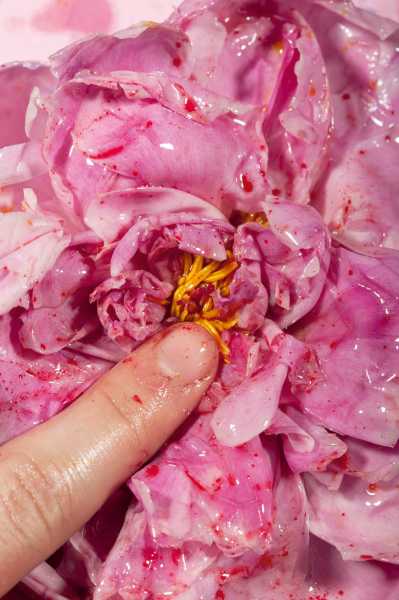

Although Cousins isn’t currently photographing bodies, some of the food products she uses look like human parts. Pickled cabbage mimics the soft shell of an ear, and a wet orchid, smeared with a translucent dipping sauce, bears an inescapable resemblance to female genitalia. “Sometimes I pull back and think, gosh, I’ve really made that look like a vagina,” she said. “I honestly didn’t realize how strong my stomach was.” Cousins was nearly eight and a half months pregnant when we spoke, and I asked her if her pregnancy had changed her work. “It’s frustrating, actually, because I can’t take the pictures I want to take,” she said. “My stomach can’t handle it!” I asked if she felt nervous about the delivery. “Honestly, I can’t wait for the carnage of birth. It’s one of those things where you’re like, this is beautiful, I think. Is it?”
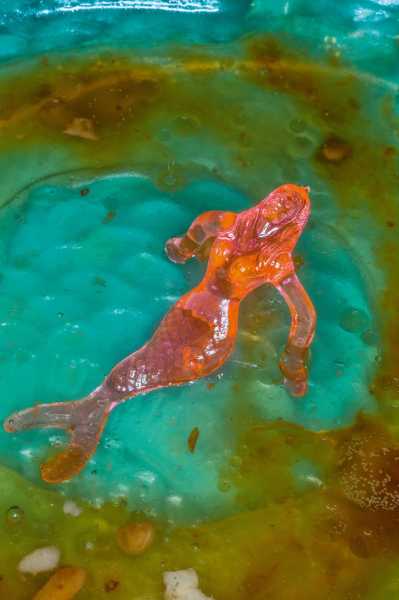
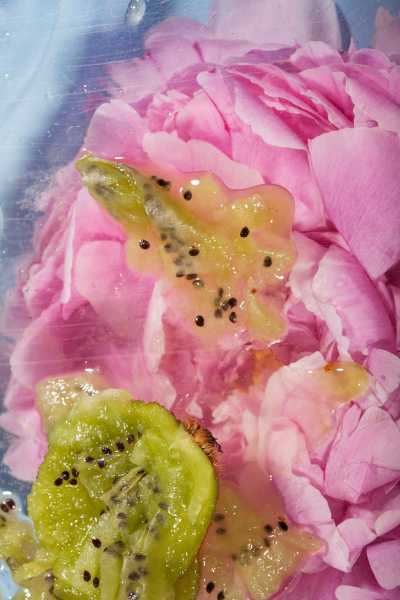
Sourse: newyorker.com


